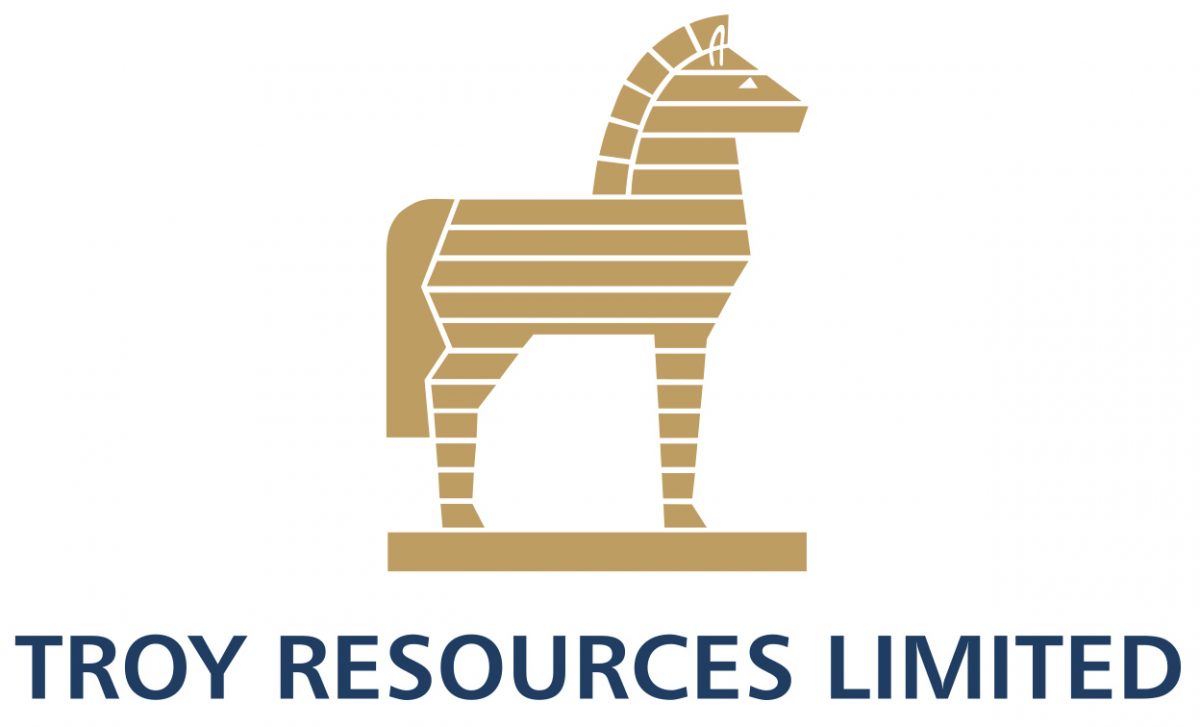The recent 5,000 litres fuel spill at Troy Resources’ Karouni, Region Eight site occurred at a fuel farm that is operated by its subcontractor Rubis, which has said it was conducting a “comprehensive” probe into the incident.
“Rubis Guyana Inc is conducting a comprehensive investigation into the spill at the Karouni Mine, which recently occurred,” Rubis representative Joylyn Johnson said in response to questions from Stabroek News.
“Once this process has been fully completed, we will be updating you,” she added.
Last Monday, Troy Resources informed the Environmental Protection Agency (EPA) that it will incorporate Rubis’ employees at the site into its reinvigorated risk mitigation and safety trainings and the Australian company has also paid the $1 million fine to the agency.
In documents provided to the EPA on Monday, which were seen by Stabroek News, Troy Resources gave a detailed account of events leading up to the spill, the clean-up which followed, and future safety and mitigation plans.
EPA Executive Director Dr Vincent Adams on Thursday also told this newspaper that the company on Monday paid in full the fine levied against it and is “cooperating and is providing the information requested.”
Stabroek News reported last Sunday that Troy Resources was fined $1 million by the EPA for the spillage of some 5,000 litres of fuel at its Karouni worksite and it had been ordered to pause works to emphasise safety measures.
It was the company, according to a letter seen by this newspaper, which provided information about the spill to the EPA through a letter dated March 23rd 2020. As part of the requirement for a permit, persons/organisations have to sign that they will report all accidents and environmental hazards.
The EPA responded that given the current coronavirus travel precautions, it was at the time, unable to send in a team for on-site investigations and verification but informed that it had spoken with the site manager via telephone.
Bird strike
In a timeline of events leading up to the March 23rd spill, Troy Resources gave a detailed account of what happened: “Bird strike on power line at 7pm…power back on around 8pm; 21:00 phone call to TRGI [Troy Resources Guyana Inc] indicating fuel spill by Rubis Inc employee; 21:30 TRGI maintenance supervisor dispatched TRGI mechanic and TRGI electrician to isolate system,” the document said. It was noted that the extent of spill could not be determined visually or electronically until in the morning and it was also determined that there was no danger to any surface water, the closest of which was at least 8km away. “Underground impact is extremely unlikely. Electrical pump starter panel left out of service overnight,” the document said.
Troy Resources explained to the EPA that it determined to leave the area undisturbed for the evening as it posed no direct threat to employees or its contractors and that it went back to clean up and investigate early the next morning.
“06:00 electrical pump starter examined, control relay found with welded contacts (root cause power surge from bird strike. Extremely remote but it happened). 06:30 With full daylight, initial investigation begun to prepare notification to Georgetown and EPA. 07:00 Electrical pump starter relay replaced. 07:10 blanking plate with valve re-installed. 07:15 New additional back-up safety determined would be beneficial, creating a third redundancy, was designed for tanks (new return line). 09:00 New return line installed on gravity tank back to storage tank providing a third backup,” read the incident timeline provided.
By 11:30am that morning, Troy Resources said that the initial investigation was completed and a report was done for transmittal to the EPA.
When the EPA received notification, it put the company on a 48 hours work pause and outlined actions to be taken but by then, the mining operator had completed all.
However, it told the agency that it would be intensifying safety mitigation steps and on Monday also pointed out that this has been done.
Troy Resources said that it “rapidly” implemented a clean-up and remediation strategy and gave an outline of this.
“Daily monitoring is being conducted to detect any advancement of contamination. None has occurred. The contaminated soil was removed using an excavator to dig the contaminated soil and transported to the remedial area via trucks. Approxi-mately 125 tons of soil (contaminated and uncontaminated) was removed, with an area width 5m X length 12m, X depth 1.5m excavated. The excavated area was refilled with rocks to stabilise the area and prevent erosion in the future,” the report said.
Liable
A remediation area was identified for the contaminated soil within the waste/ rock soil area of their Hicks operation and Troy Resources said that the decision was made because it was away from open water sources.
A remediation pit has also been dug and lined with high-density polyethylene plastic to prevent any contamination to the surrounding environment.
The company told the EPA that while Rubis is the operator of the fuel farm, it has “also taken it upon ourselves to provide additional training, above what Rubis already provides to the site-based Rubis personnel.”
Troy Resources said that it will comply with all of the EPA’s recommendations and will provide refresher safety courses for its staff and include their contractors as they “hold all personnel onsite to the same high standards of health and safety protection and stewardship of the environment.”
And coupled with a number of other safety measures to be refreshed, the company said that it will, by mid-year, generate a complete needs analysis of all of its employees and is mulling a “personal” one for the next rotations, where supervisors will identify gaps, if any.
Adams lauded the company’s efforts as he underscored that safety must always be priority. “Companies and their subcontractors have to be very vigilant where safety is concerned because if an incident occurs both are held liable,” he said.





